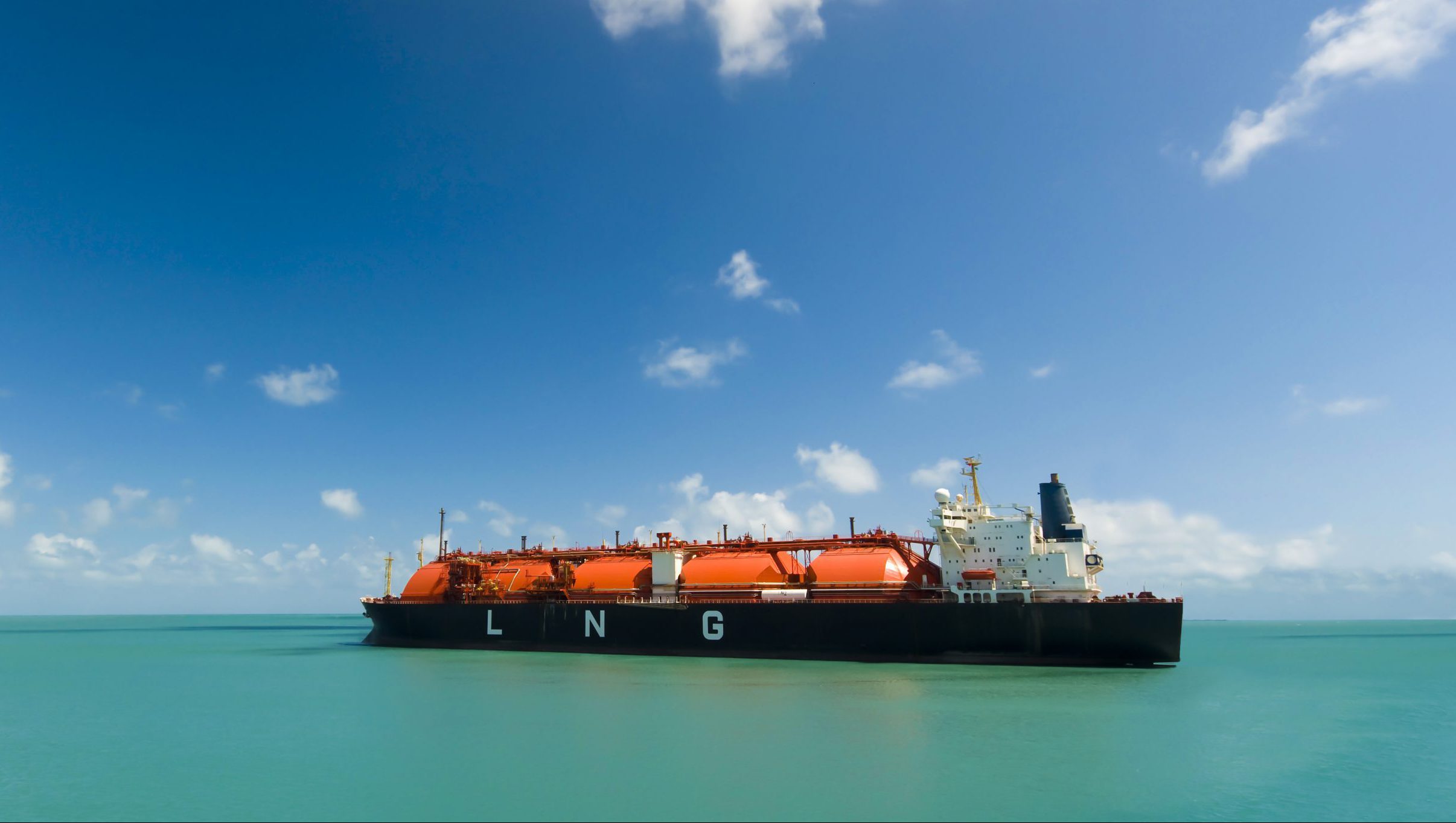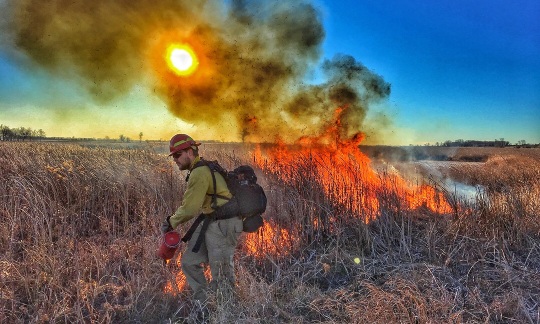Captain Pete Small, USN
Program Executive of Unmanned and Small Combatants
Pete Small was commissioned into the Navy from the ROTC program at the University of Virginia where he earned an undergraduate degree in mechanical engineering. He earned a Master of Science in Operations Research from Columbia University, and a Master of Science in Mechanical Engineering and a Naval Engineering Degree from the Massachusetts Institute of Technology.
He served two deployments to the Mediterranean Sea and Arabian Gulf. He served as Assistant Professor of Naval Science at the State University of New York Martime College and Fordham University ROTC. Trained in nuclear propulsion, Small reported to Newport News, Virginia, where he was assistant project officer for Virginia Class submarine new construction, and two Los Angeles class submarine repair availabilities. He worked on other submarine construction programs, including the Columbia Class submarines.
In June 2018, he became Major Program Manager of the Unmanned Maritime Systems Programs Office in PEO Unmanned and Small Combatants. He continues to teach submarine concept design in the MIT Professional summer program.
He is married to Stacy and they have two daughters.
In the News…
The Navy is accelerated as many as seven new prototypes of unmanned surface vessels (USV) to add to the Ghost Fleet Overlord over the next few years. On the way are drones that include two large submarine-hunting Sea hunter drones, four vessels designed to support Overlord and one new medium unmanned surface vehicle.
“The reason we need these vessels is to demonstrate a number of different autonomy technologies and a variety of different payloads envisioned. We also need to match fleet CONOPs (Concepts of Operations) that employ multiple USVs operating in proximity with each other,” Capt. Pete Small, unmanned systems program manager, Naval Sea Systems Command, said.
The seven prototypes, slated to arrive over the next few years, are part of a broad Navy effort to add large numbers of surface and undersea drones to the fleet—and quickly. “We will also need them [the prototypes] to develop the thousands of hours of water time and testing we will need to develop autonomous behavior of these vessels,” Small said









